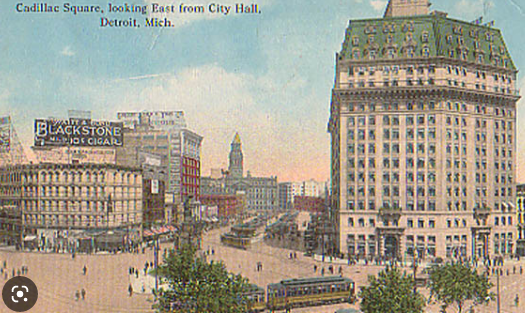Detroit, Michigan in the 1920s was a city on the rise, fueled by the growth of the automobile industry and the influx of workers it brought. Known as the “Motor City,” Detroit became synonymous with American industrial might, and its population swelled as people from across the country flocked to take part in the city’s booming economy. However, the 1920s in Detroit were also a time of social and political turmoil, as the city grappled with issues of race, labor, and political corruption.
One of the defining features of Detroit in the 1920s was its status as the hub of the American auto industry. Companies like Ford, General Motors, and Chrysler were all based in or near the city, and they employed tens of thousands of workers. The rise of the automobile industry brought enormous wealth to Detroit, as workers in the industry enjoyed higher wages than most other Americans. The city’s population swelled as people from around the country came to work in the industry, and Detroit became one of the largest cities in the United States.
Detroit in the 1920s was also a hub of creativity and culture. The city was home to a vibrant arts scene, with writers, musicians, and artists flocking to the city to take part in its energy and vitality. Jazz music, which was just emerging as a new genre, found a home in Detroit, and the city’s clubs and dance halls were filled with the sound of trumpets and saxophones.
In conclusion, Detroit in the 1920s was a city on the rise, fueled by the growth of the automobile industry and the influx of workers it brought.


